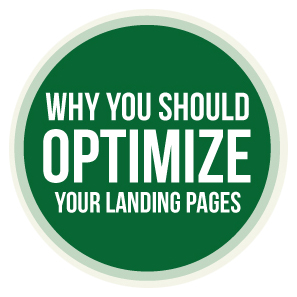 Copywriting tips series: #2
Copywriting tips series: #2
A more effective landing page.
Does your landing page get the job done?
To be an effective online marketer, every page of your website needs to be well written, elegantly designed, purposeful and part of the big picture plan. However, after your home page, nothing is more critical to your success than your landing page or pages.
Your landing page is all about conversion.
I want to be clear about what I’m calling a landing page because it’s entirely true a visitor could “land” on just about any page you publish. The landing page I’m offering tips about here are the pages expressly created to solicit an opt-in or a desired action from a prospect. (Pages such as these are sometimes also called “squeeze pages,” though the term isn’t common today.)
The landing page is meant to collect basic information, which almost always includes an email address. The page acts as a gate in front of an offer of some sort. Other common landing page conversion goals include:
- Registration for an event
- Request for a consultation
- Subscription to an information asset (email series, membership)
- Product or service trial
- Access to videos or podcasts
Landing pages have special requirements.
While many of the smart, but general, copywriting tactics will apply, a landing page is a different beast. Unlike many of your website’s pages, a landing page is not about helping readers find what they want. It’s about delivering it.
An important thing to keep in mind when writing a landing page is the dynamic at play and, of course, the mindset of the visitor.
Your visitor has arrived for a treat—some instant gratification. Visits could come from pay-per-click ads, display ads, a search result listing, an internal link on your website, a link from another website, an email, and even a printed piece, ad, or commercial.
Your landing page is essentially direct marketing as applied online. Here are strategies to execute when writing your landing page.
The headline needs to make a keyword connection.
This is not an SEO lesson, but rather a plea to connect the visitor’s expectation to the first line they read on your landing page. The link the prospect just clicked was about something specific, so your headline should deliberately reiterate those words.
Landing pages are not the place to show off your creative writing chops. If your link promised a lesson on cloud computing, your headline needs to say as much. Your first objective is to assure the visitor he landed on the page he needs.
Focus on one thing, the offer.
An effective landing page must be singularly focused on one subject, your offer. Do not give in to the temptation to cross-sell, upsell, or wander into related territory of any kind. Deliver information on point with exactly what your visitor came for.
Landing pages should not include links to other sections of your websites. This means the navigation bar, sidebars, and footers are stripped away. A logo linking to your home page is acceptable (but does offer an “out.”)
Use your action words.
The question on the user’s mind is what do I get and how? Hammer on the verbs. Include phrases such as “Learn how to…” “Get insights…” “Save time…” “Download the…”
Showcase the value.
A visit to your landing page is not a victory. Your visitor’s interested. She clicked. But she’s not a lead until she’d completed your form. Highlight the value of your offer multiple times on your landing page. Use subheads and captions to state the value of your offer in a variety of places on the page so they can’t be missed.
Consider making big, bold, even dreamy, value statements. You might write,
“Imagine how…” “Conquer your…” “You’ll never have to (blank) again because…
One more thing… If you can be specific, be specific. Value statements are more credible when you can promise specific benefits such as the amount of time or money that will be saved.
Use a second person narrative.
Simply stated, use the word “you.” Don’t refer to your visitor as a job title or generic seeker of a resolution to a problem. Don’t refer to your company by its name if you can help it. Write “our.”
Be clear.
Let nothing confuse the reader. Get to the point. Guide the reader with clear directions. Keep the page brief (unless you have a very strong reason to do otherwise.) Those letter-stuffer type landing pages that drone on turn off most readers.
Use bullets.
Bulleted lists work great on landing pages. You can list the benefits of what you’re delivering. If it’s an information asset, it’s useful to preview the contents in short and sweet passages. You might use icons or small images to steer the eye to the main points, a la a 1-2-3 list of most important points.
Show and tell.
Plan to show the “prize” and write a caption that summarizes the entire landing page in one sentence. Many readers go straight to the image and caption.
Deliver a little proof.
You don’t want to veer off into a detailed case study, but a helpful conversion tactic is to include a brief testimonial. If you can quote a notable authority or high profile client, all the better. If your offer has helped a large number of customers or garnered recognition, go with these types of proof statements.
Streamline the form.
The fewer required fields your form has, the more leads you’ll capture. Unless you have a compelling reason to qualify the leads at this stage, make your form easy to find and fill out. If you’re going to send email (and you should), a singular email address field might suffice.
Write a smart button.
It may sound odd, but the words you choose for your call to action play a huge role. Studies prove generic words such as “submit” and “subscribe” perform poorly compared to short, directive value statements such as “Send me my free tips.” Kissmetrics offers some useful variations in this informative post.
- Copyblogger gives a good lesson for “sealing the deal” with your landing page here. And I picked up some ideas for my article from this post by Verster.
- Landing page leader, Unbounce, is a great resource for more information about creating effective landing pages and testing tactics to improve conversion. Ion Interactive is another authority in the field.
- The infographic below is courtesy of Invesp.com.
If you missed it, read “Copywriting Tips for a More Effective Home Page,” at the Feldman Creative blog, The Point.
Subscribe to our newsletter, “Get Magnetic” for future editions on copywriting tips for more effective online marketing.

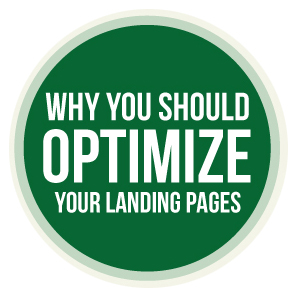


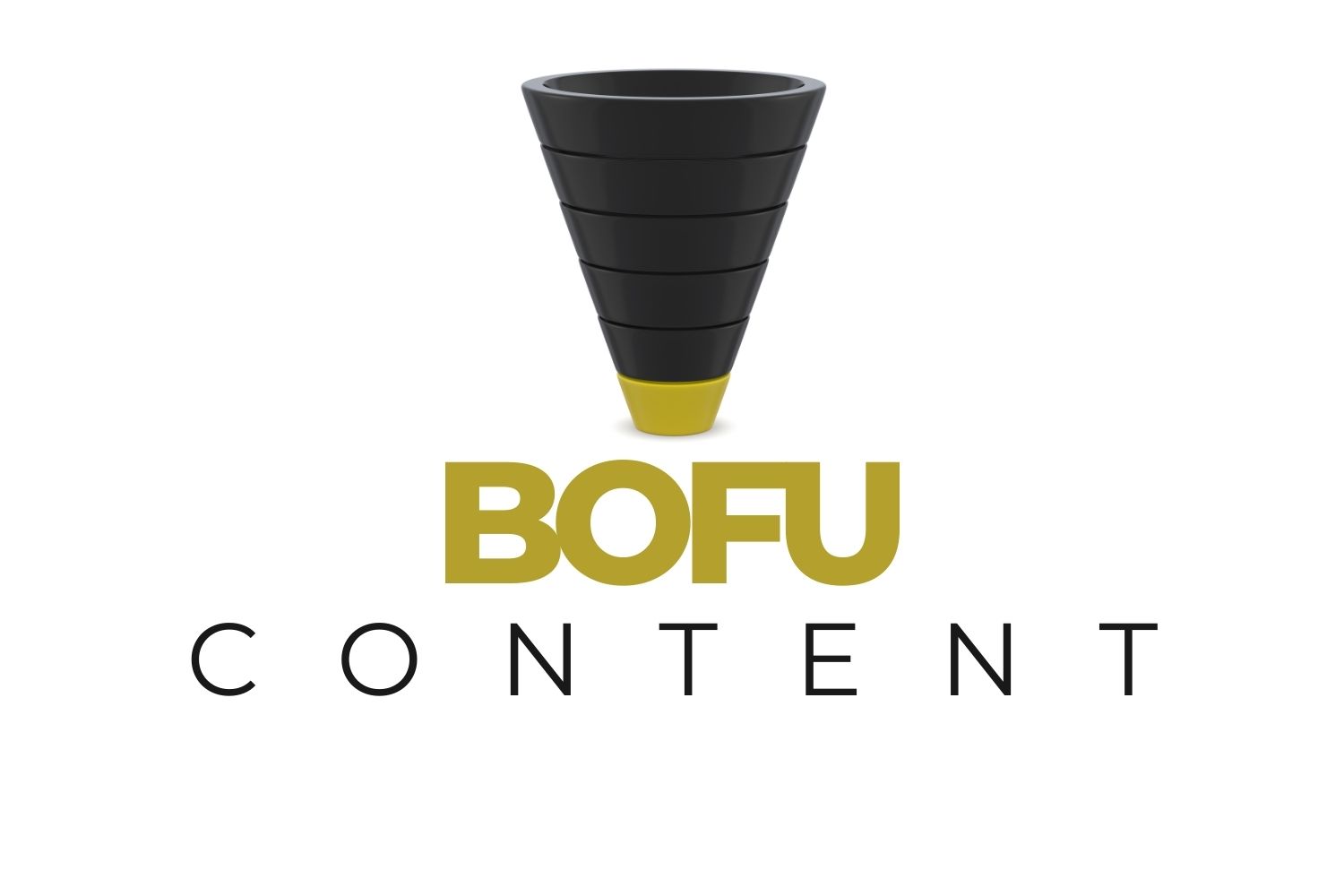
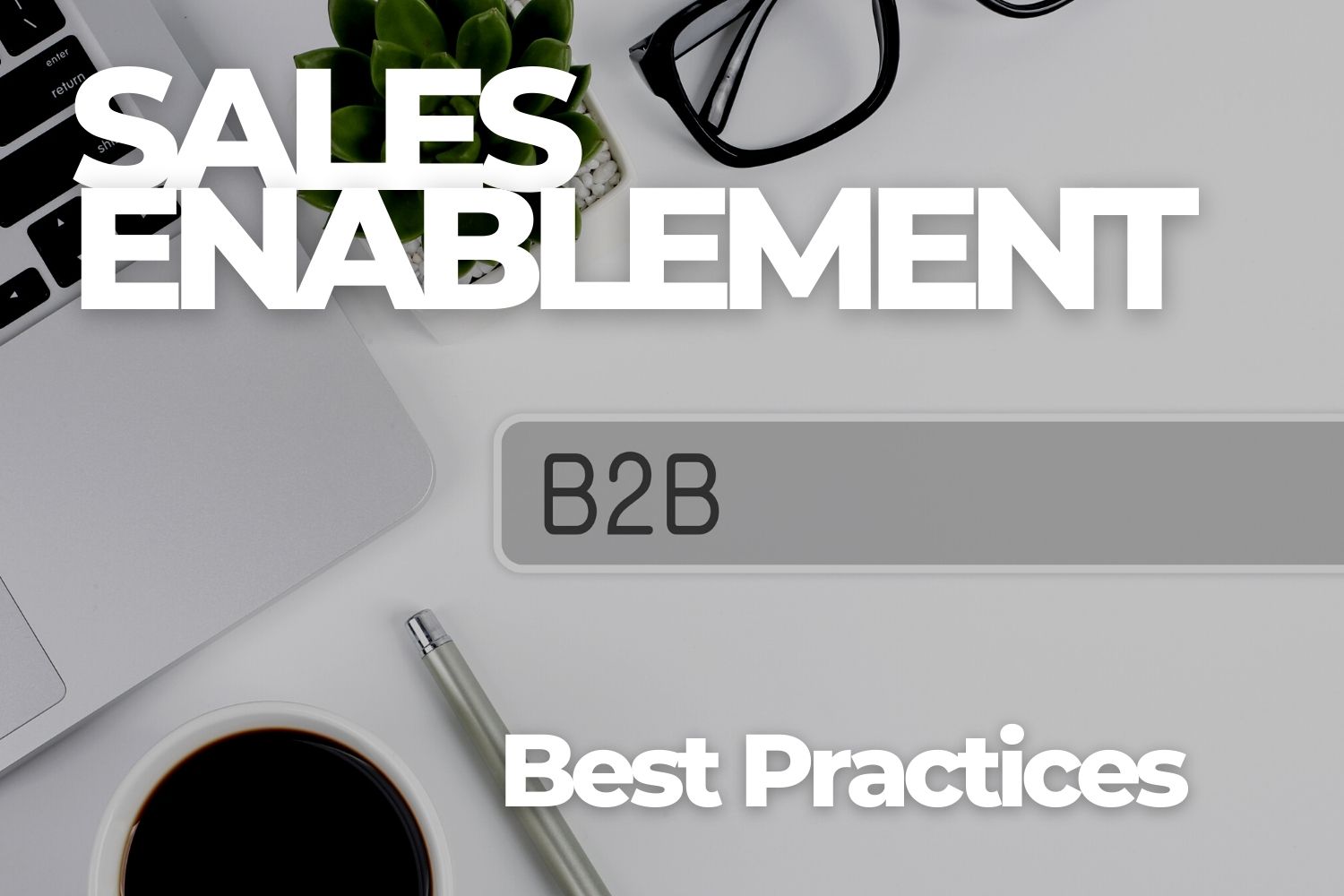

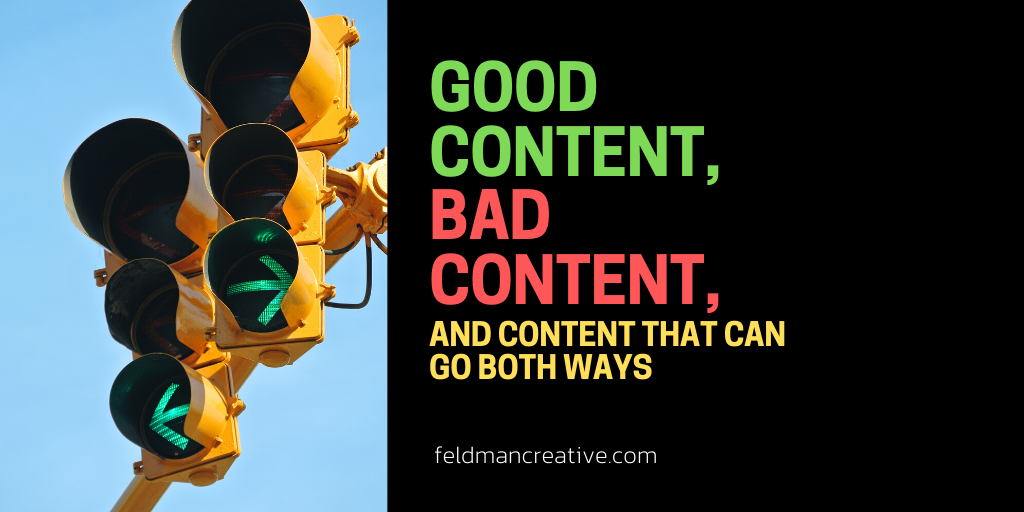
Comments
8 B2B Companies That Deliver Delightful Copywriting - rehavaPress
[…] figures out a way. If you’d like an example, just read this post. Or this one. Or this one. Barry has a knack for educating businesses and marketers, explaining complex concepts in terms […]
Our 13 Most Popular Posts of 2013 and Why Readers Responded | Feldman Creative
[…] Copywriting Tips for a More Effective Landing Page […]
100 Ways Your Company Loses to Better Online Marketers | Feldman Creative
[…] email addresses with landing pages: The reason prospects trade their email addresses for content is they see value in it. Can you […]